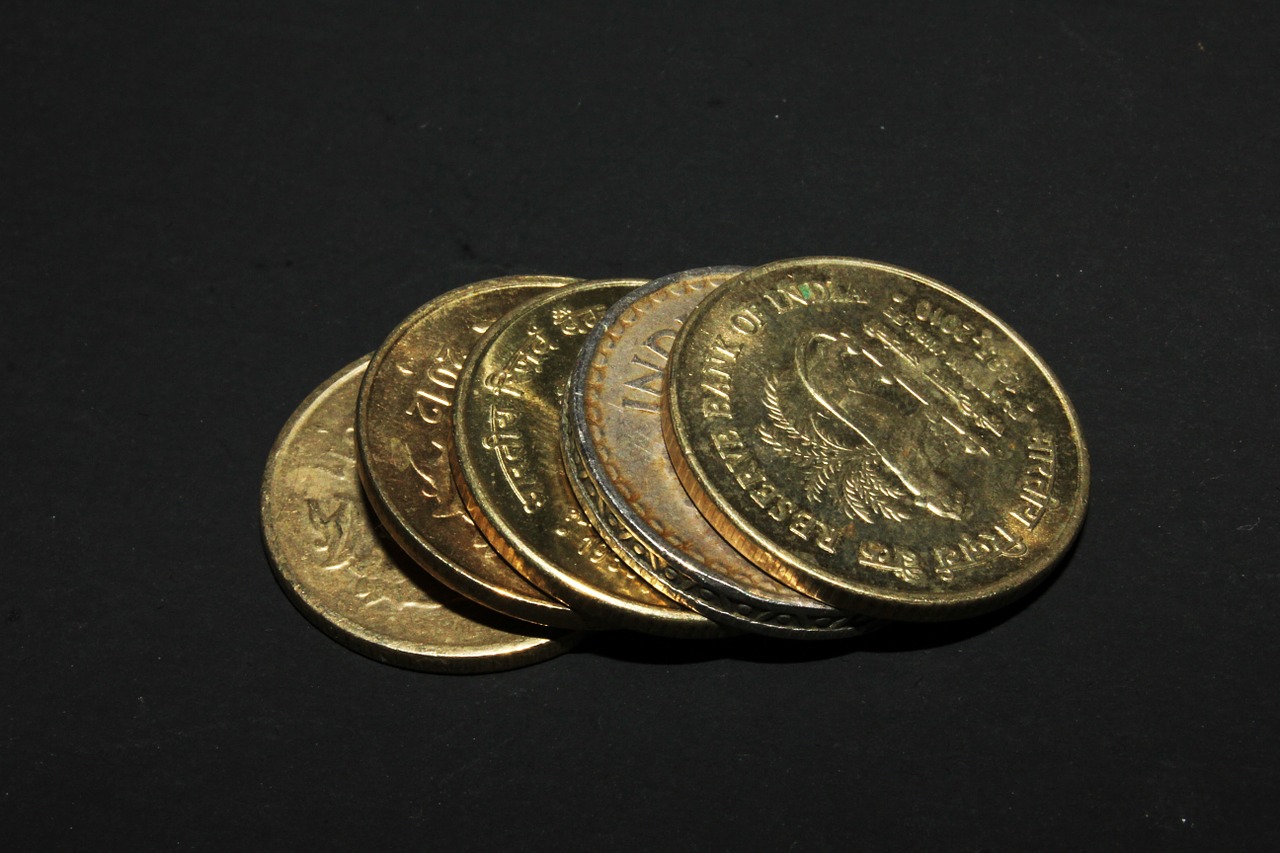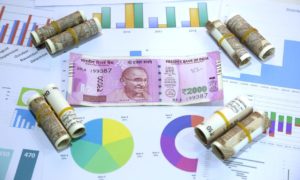When the feds met in the middle of June, they voted for a rate hike and this was against the grain of the prevailing decline in the U.S inflation data. On a keynote, whenever there is a rate hike by the feds, developing economies and emerging markets do catch the contraction bug.
The Fed Interest Rates Math
Any decrease in inflation in the U.S market usually leads to a drop in the interest rates levels. This is normally done to cut off the pressure on funds so that the cash outflow can be stemmed and more funds retained in the American economy.
Going in the opposite direction this June, the rate hike was against expectations, and India like other emerging markets, did not find it salutary. As interest rates increase, American and global fund pushers have an incentive to keep their money in government bonds, and away from overseas destinations. The direct result of this step-US dollar firms up and the INR loses steam.
Indian companies that have foreign loan exposure will also end up paying more for their loan servicing. More Rupees will be needed to pay for the dollar when debt servicing falls due and this will shrink the bottom-line.
Taming the Rupee vs. Dollar
American fund managers see a better deal in their home government bonds with the rate hike so that the Indian market is starved of dollar inflows. In a season like this, the crude basket prices are oscillating between $44 and $46, leading to a higher import bill for the Indian economy.
Increasing import bills lead to a weaker rupee as the balance of payment tips in the opposite direction. The sum of all these can be seen in household expenditure as it heads south. All of these dampens national productivity and leaves the rupee gasping for breath.
The RBI is left with the short end of the stick as any drop in interest rates will further weaken the Rupee. The interest rate differential between the US and India gets narrowed each time the Feds hike bond rates.
Stock Markets
On the stock market end, a casual observer will expect that as the dollar strengthens, the local exporters here in India should smile. However, it is not a 1+2 =3 effect, as the export market is highly competitive and impacted by market fundamentals.
The inputs fed in by local manufacturers have a sizeable import component that means a surge in import bill that obliterates any imaginable FOREX gain. Most consumer goods will take a beating in the form of price hikes that could further worsen national income.
On the bright side, the BSE Sensex 30-share Index recorded a rally at the end of Q2 2017 and this was attributed to the expectations of new corporate results. The likes of Infosys and TCS were about to send in their trading results for the period.
The impact of robust equities is the incentive for fund managers to retain their holdings in the Sensex blue-chips despite the short-term exchange rate volatility.
Last Word
While all the volatility will be in the short run, investors will be looking to the next major market projections by the feds in September to know the next cue to follow.













